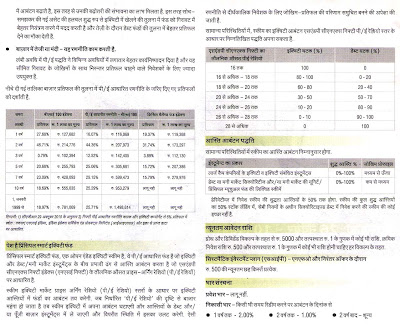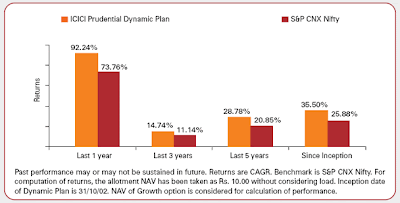Impact of inflation
Running to Stand Still (or, the Impact of Inflation and Taxes)
Everyone knows that inflation eats into savings and increases costs (to understand how inflation can affect your cost of living, use our Cost of Living Calculator. But what a lot of people grapple with is how does one insure oneself against inflation? In this article we discuss why it is important to invest wisely particularly if you do not want to keep running (working hard) just so that you can stand still (maintain your current standard of living).
Consider the post-tax, real rate of return
Whenever you consider an investment option, remember to evaluate the expected rate of return in real terms. In other words, deduct your expected compound annual rate of inflation for the investment period from the compound annual rate of return that you expect from your investment.
For example, say you are considering a bank fixed deposit that promises you an 11% annual rate of return over the next five years and your expectation of inflation during this period is 7% (compound annual).
For this investment, your real compound annual rate of return is only 4%. If your income from this investment attracts a 30% tax rate, then your post-tax real rate of return diminishes further to 0.7% only! A number nowhere near the 11% that you might be using to evaluate this investment option!! An investment with such characteristics is a classical example of running to stand still.
Let's look at how you could improve your 0.7% return. If you are willing to take on a slightly higher level of risk, you could invest this money into an income mutual fund with a dividend investment plan option. Such an investment is likely to yield around 11% post-tax return (since dividend income from mutual funds is non-taxable). This would effectively result in a post-tax, real rate of return of 4%, far higher than the 0.7% that the bank fixed deposit would earn for you.
On a 10-year perspective, Rs10,000 invested today in bank deposits (yielding 0.4% post-tax, real rate of return) would be worth Rs10,722 whereas the same amount invested in an income mutual fund is likely to be 38% higher at Rs14,802. Presumably, this should compensate you for the slightly higher risk to which your investment is exposed. (To understand more about the impact of compounding returns on investments, see our article on the Power of Compounding ).
The above example highlights that inflation and taxes are important factors to consider while evaluating investment returns and how a little more attention to your investment decisions can result in a significant improvement in your financial health. (To understand the approach and benefits of financial planning further, read Guide to Financial Planning .)




























